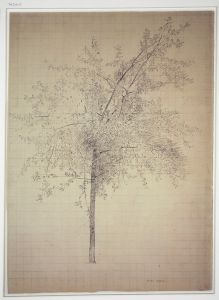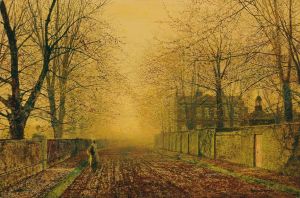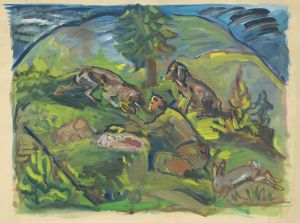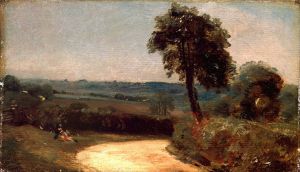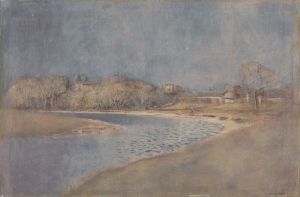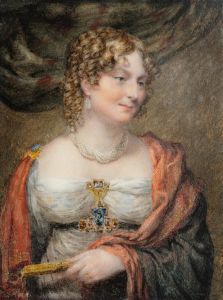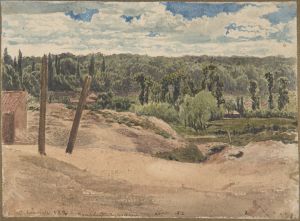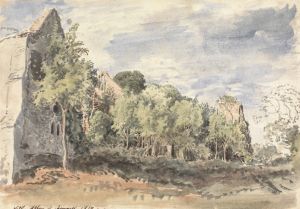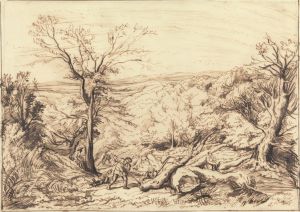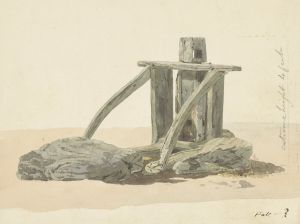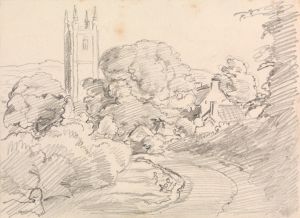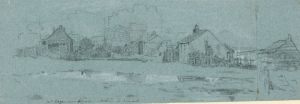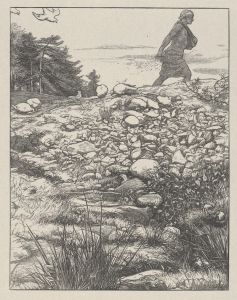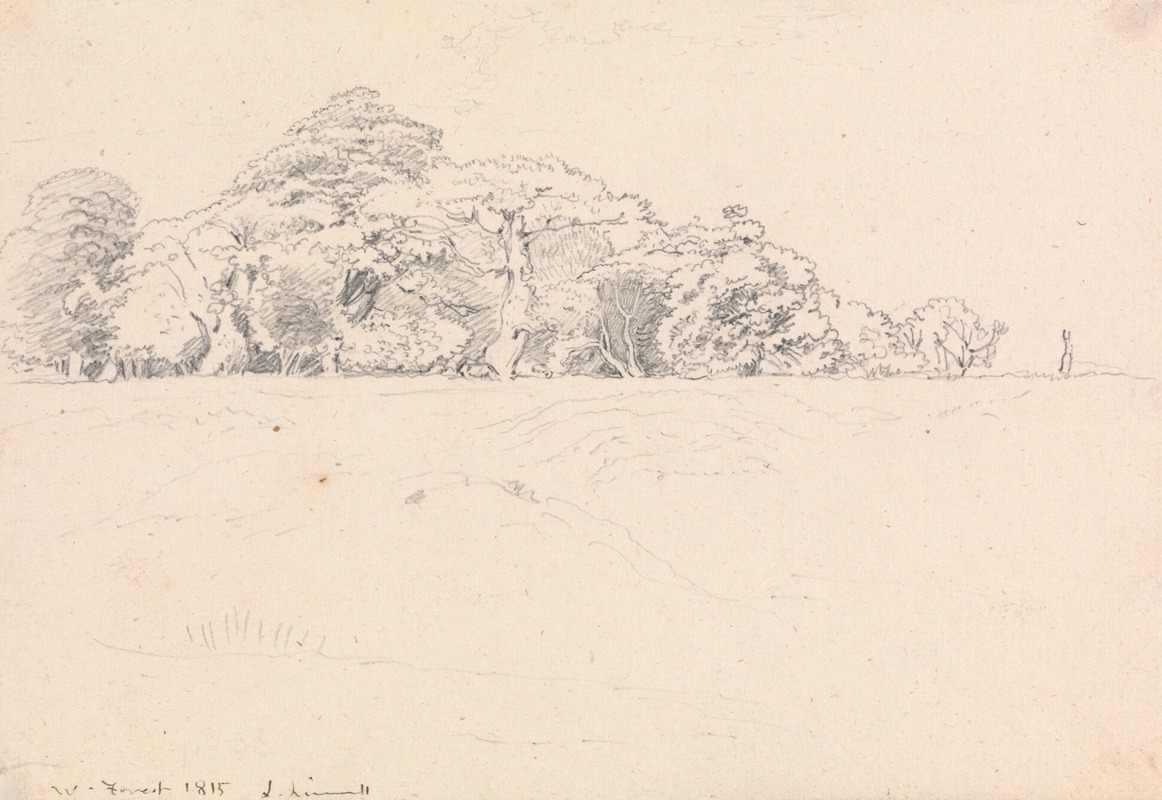
Windsor Forest
A hand-painted replica of John Linnell’s masterpiece Windsor Forest, meticulously crafted by professional artists to capture the true essence of the original. Each piece is created with museum-quality canvas and rare mineral pigments, carefully painted by experienced artists with delicate brushstrokes and rich, layered colors to perfectly recreate the texture of the original artwork. Unlike machine-printed reproductions, this hand-painted version brings the painting to life, infused with the artist’s emotions and skill in every stroke. Whether for personal collection or home decoration, it instantly elevates the artistic atmosphere of any space.
John Linnell (1792–1882) was an English landscape painter and engraver, known for his detailed and naturalistic depictions of the English countryside. One of his notable works is "Windsor Forest," which captures the serene and picturesque beauty of the forested area near Windsor, Berkshire.
"Windsor Forest" is a testament to Linnell's skill in landscape painting, showcasing his ability to render the natural environment with precision and a keen eye for detail. The painting features a lush, verdant forest scene, with tall trees and dense foliage that create a sense of depth and tranquility. The interplay of light and shadow in the painting highlights Linnell's mastery of capturing the atmospheric conditions and the time of day.
Linnell's approach to landscape painting was influenced by his admiration for the works of earlier landscape artists such as John Constable and Thomas Gainsborough. However, Linnell's style is distinguished by his meticulous attention to detail and his commitment to portraying nature with a high degree of realism. This is evident in "Windsor Forest," where every leaf, branch, and blade of grass is rendered with careful observation and precision.
The painting also reflects Linnell's interest in the Romantic movement, which emphasized the beauty and sublimity of nature. "Windsor Forest" evokes a sense of peace and reverence for the natural world, inviting viewers to appreciate the quiet majesty of the forest. The composition of the painting, with its balanced arrangement of trees and open spaces, creates a harmonious and pleasing visual experience.
Linnell's "Windsor Forest" is also notable for its historical context. During the 19th century, Windsor Forest was a popular subject for artists and writers, who were drawn to its scenic beauty and its association with British royalty. The forest was part of the Windsor Great Park, a royal hunting ground that had been used by monarchs since the time of William the Conqueror. By the time Linnell painted "Windsor Forest," the area had become a symbol of the enduring connection between the British monarchy and the natural landscape.
In addition to its artistic and historical significance, "Windsor Forest" is an example of Linnell's broader contributions to the field of landscape painting. Throughout his career, Linnell sought to elevate the status of landscape art, which had often been considered less prestigious than other genres such as history painting or portraiture. By producing works of exceptional quality and beauty, Linnell helped to establish landscape painting as a respected and important art form.
Overall, "Windsor Forest" by John Linnell is a remarkable example of 19th-century English landscape painting. It captures the natural beauty of Windsor Forest with precision and sensitivity, reflecting Linnell's deep appreciation for the natural world and his skill as an artist. The painting remains an important part of Linnell's legacy and a valuable contribution to the tradition of landscape art.





